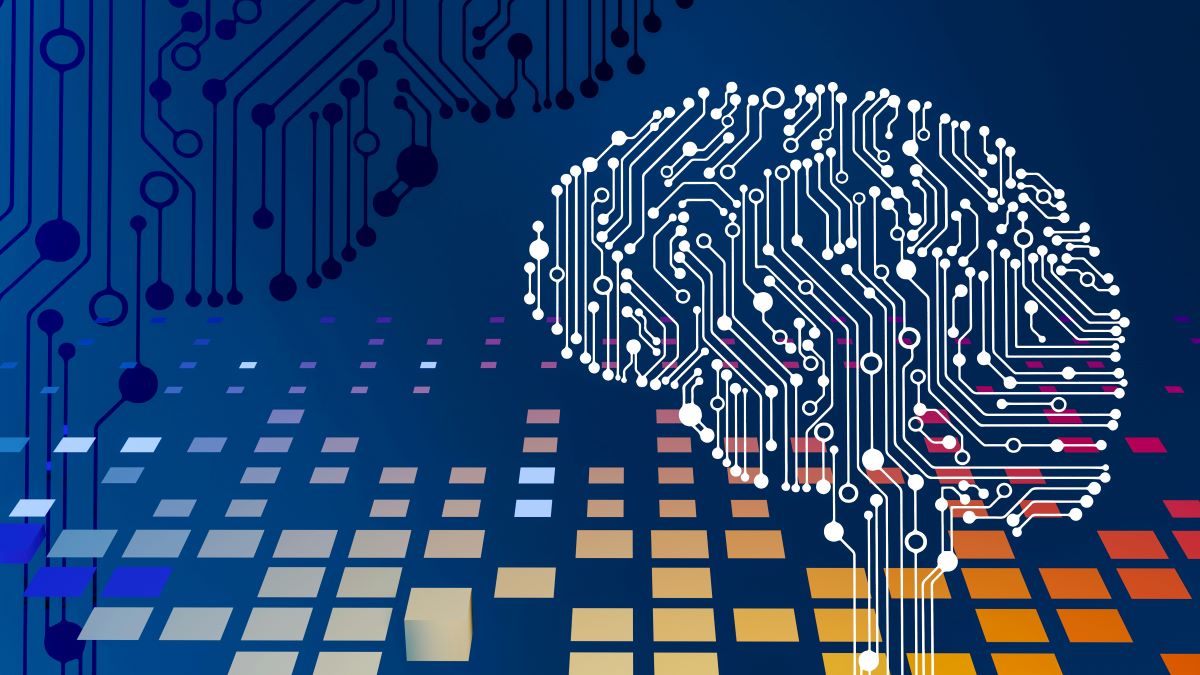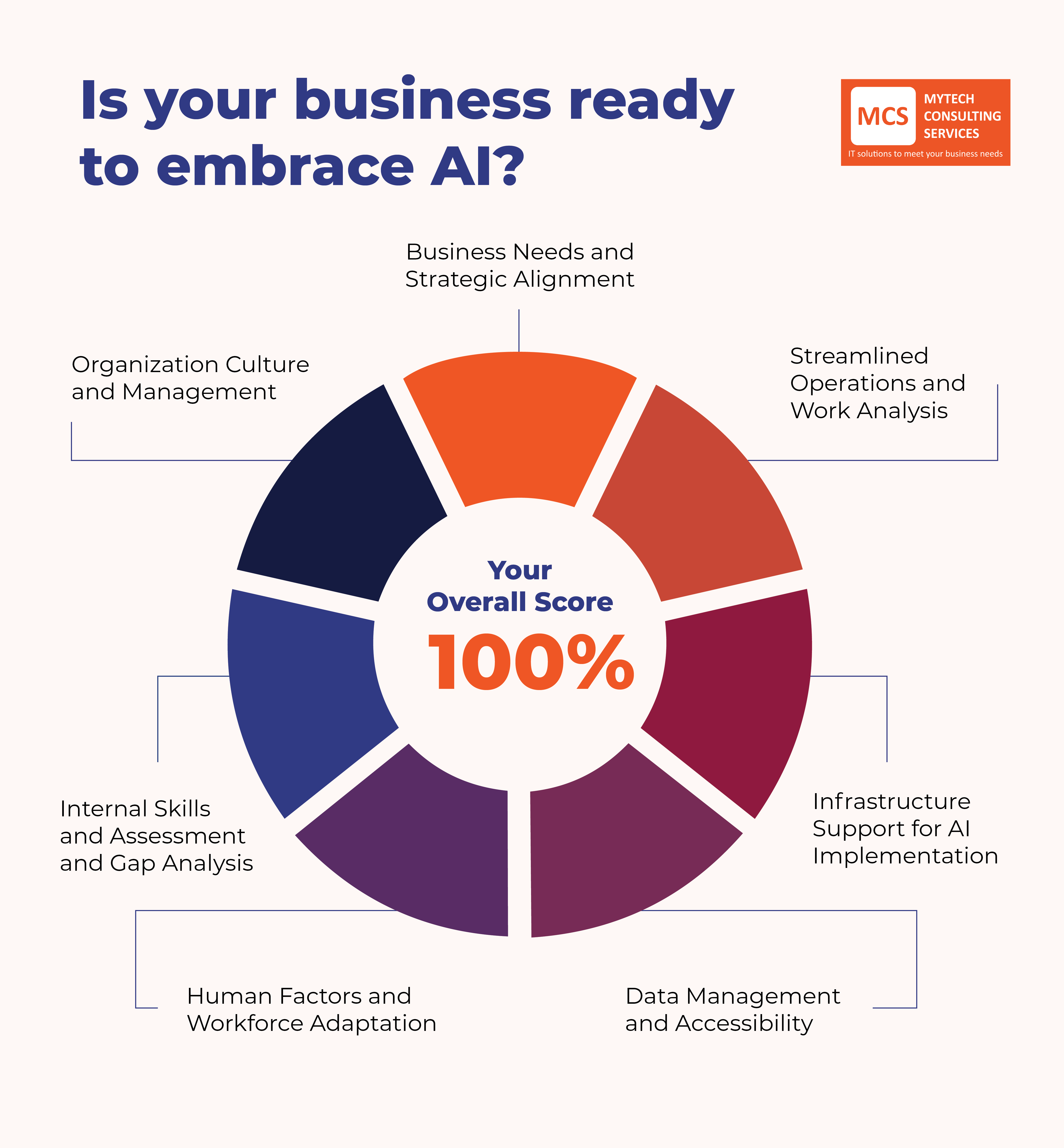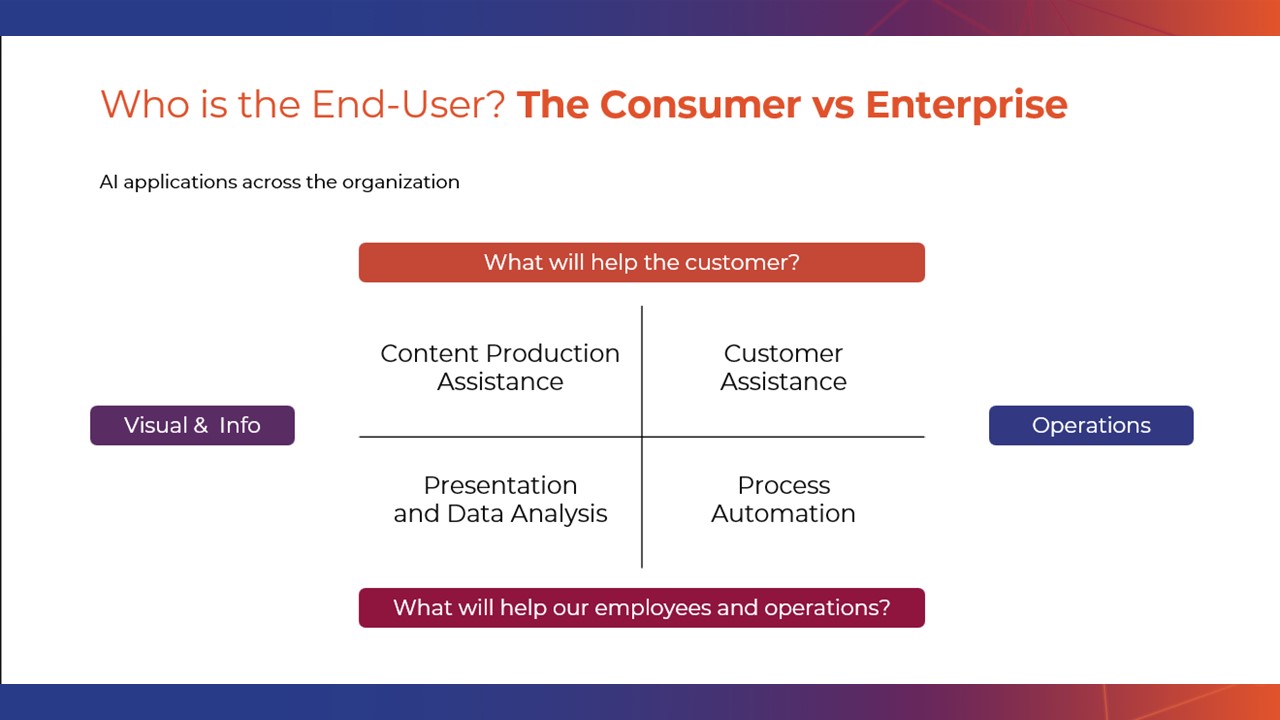Monday, February 3, 2025 6 min read Artificial intelligence
Understanding AI Readiness: What It Means for Your Business

AI readiness is becoming a crucial factor for companies looking to maintain their competitiveness in the ever-changing technology world of today. However, what does AI readiness actually mean, and why is it important for businesses that want to use AI in their operations? These issues will be discussed in this essay, along with the significance of being prepared for AI and how it can change your company's plans.
What is AI Readiness?
AI readiness refers to a company's ability and preparedness to effectively implement and utilize artificial intelligence technologies within its operations.
This encompasses a range of factors, including infrastructure, data management, workforce skills, and the overall digital culture of the organization. Businesses that achieve AI readiness are better positioned to leverage AI solutions, driving innovation and efficiency across various sectors.
Why AI Readiness Matters
- Competitive Advantage: Companies that invest in AI readiness often gain a significant competitive edge. By being prepared, businesses can quickly adopt AI technologies that enhance productivity, reduce costs, and improve customer experiences.
- Operational Efficiency: AI readiness allows organizations to streamline operations through automation and advanced data analytics, leading to more informed decision-making processes and optimized workflows.
- Futureproofing: As AI continues to evolve, being ready ensures that a business can adapt to new technological advancements without significant disruptions.
- Enhanced Customer Insights: AI readiness enables organizations to analyze customer data more effectively, leading to deeper insights into consumer behavior and preferences. This can result in personalized marketing strategies and improved customer service.
- Risk Management: With the integration of AI technologies, businesses can better anticipate and mitigate risks. AI can analyze vast amounts of data to identify potential threats and suggest preemptive measures, thereby safeguarding the organization.
Steps to Achieve AI Readiness

To successfully integrate AI to your organization, there are a few steps that you need to consider and prepare for before starting the journey.
Organisation Culture
Before engaging in services that offer AI integration, it’s important to see if the company supports innovation and change, especially for AI. This means employees and management are willing to learn, train, and adapt their daily work—even if it means changing a few steps in their operation.
Having an effective management smooths the transition to AI-driven operations as it encourages the employees to accept the new technology that is going to help their work.
Also, always remember to live by example. If your employees see you using and thriving with that new tech, they’ll follow the lead too.
Business Needs and Strategic Alignment
Know both your short and long-term business needs.
This ensures that AI initiatives are aligned with what you want to have for your business and proves relevant and impactful solutions.
By knowing your short-term and long-term goals, you can find the right AI integration that would fit your business—this also helps with the first point, on encouraging change to people.
Remember, people will accept change if it would benefit their work in the long run.
Streamlined Operations and Work Analysis
Point out the specific processes that you think you can benefit form AI.
This can help with focusing on the plans and budgeting and reduces miscommunication between you and the provider.
Write down the areas where you think AI can enhance efficiency and productivity and remove repetitive tasks that bots can handle.
Here is a chart on how to identify what AI tool would help you reach your business goals:

Remember, you’re adding AI to your operations to boost productivity.
Infrastructure Support for AI Implementation
Are your infrastructures able to support AI technologies?
If not, are you willing to enhance your infrastructure to support AI?
With new AI coming out, our old and established infrastructures may not be up to the task of supporting this new technology.
It’s important to assess your IT capabilities to avoid bottlenecks and ensure a smooth AI deployment.
If you think your infrastructure needs to be updated, add that to the plans—there are providers and services that also offer upgrades from legacy systems.
Read more about The Importance of Legacy System Integration for Business Success.
It’s important to stay transparent about these things to avoid problems throughout the interaction.
Data Management and Accessibility
Having high-quality, organised, and accessible data is critical for AI optimization.
Data what impacts the accuracy of your AI models. It’s where the tool would gather information from to provide you with the stats you need for your reports.
Ensure that your AI system has an effective data management strategy and has access to the necessary data to avoid issues with data silos and outdated information.
Human Factors and Workforce Adaptation
Related to the first point, a successful AI integration is very much dependent on the human element.
Even with AI tools implemented in your operations, the workforce’s ability to adapt to new technologies is a crucial step to say that this solution is a success.
Host training programs and development programs to help employees learn new skills and how to work alongside AI. This helps with a smooth transition and shows how to maximize the AI tool for their work.
If your employees and management are not willing to take the time to train and adapt to these new systems---even with AI, your business goals will not be met.
Internal Skills and Assessments and Gap Analysis
Lastly, it is important to identify the current skills and gaps that the organisation can address.
These can be done through training and/or hiring.
By identifying what areas do the organisation lacks expertise can help build a team that can maximize AI tools and drive its initiatives forward.
As a recap, here are the key factors to that contributes to AI Readiness:
- Organization Culture and Management
- Business Needs and Strategic Alignment
- Streamlined Operations and Work Analysis
- Infrastructure Support for AI Implementation
- Data Management and Accessibility
- Human Factors and Workforce Adaptation
- Internal Skills and Assessment and Gap Analysis
Conclusion
In conclusion, embracing AI readiness is not just about adopting new technologies; it's about transforming your business to thrive in an increasingly digital world. By understanding and implementing the necessary steps towards AI readiness, companies can unlock new opportunities and achieve sustainable growth. This journey requires a commitment to evolving alongside technological advancements, ensuring that your business is not merely reactive but proactive in its approach to AI adoption. For businesses eager to embark on this journey, the key is to start now and continually invest in the necessary resources and strategies to foster a culture of innovation and adaptability.
Related Article: AI Readiness Guide: A Step-by-Step Approach for Businesses New to AI
